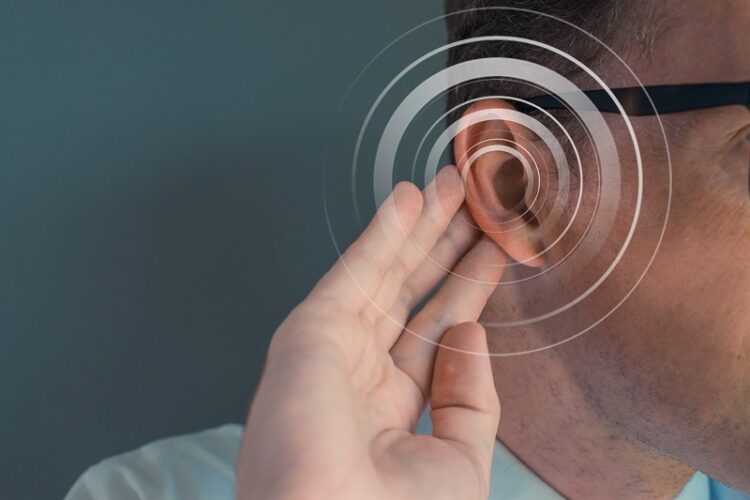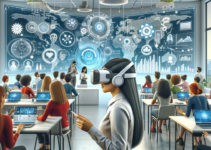As education and information-sharing mediums become more widespread, more audiences than ever are consuming newly accessible information. The need for varied delivery styles comes hand in hand with expanding spectators, and history has many innovators to thank for the progression of our learning tools. There are so many ways that technology levels the learning field for all participants.
Page Contents
How Closed Captions Bring Videos to the Next Level
The advent of radio, cameras, videos, and television in the 21st century has created an especially vital space for written language. To prove this point, everyone stands to benefit from the addition of closed captioning within media. It doesn’t matter if they face auditory challenges or not. Let’s discuss the role of captioning for the global population.
A Mode to Understand Foreign Accents
There are many instances where an audio clip could contain speech in a listener’s native tongue, but the speaker’s accent is difficult to understand. The inclusion of closed captioning helps to overcome the challenges that listening to a potentially tricky accent brings to the audience.
A Learning Supplement

Source: coopercomplete.com
There are various occasions where captions assist listeners. Within the context of learning, countless bodies of research suggest turning on captions on a video or television screen helps children learn the written language faster.
One can say the same for those aspiring to speak and learn a new language. Even when a person is not yet familiar with the written form of a language, hearing the words and having the text accessible to view creates associations in their brain that aids in the learning experience.
Easy Media Consumption Regardless of Location
Closed captions are a valuable tool for people who cannot or prefer not to use sound to access information. In public spaces, sound can be difficult to hear or disruptive to others, making closed captions a practical and effective alternative.
For example, in a busy airport or train station, announcements over a loudspeaker may be difficult to hear due to background noise or the distance between the speaker and the listener. Closed captions can provide the same information in text form, making it accessible to people who might otherwise miss important announcements.
In a noisy cafe or restaurant, closed captions allow people to watch videos or presentations without disturbing other customers. Similarly, in a quiet library or waiting room, closed captions can enable people to access content without the need for headphones or speakers.

Source: avs4you.com
Sometimes, especially while multitasking, individuals prefer not to listen to the audio of a video. They could be juggling two screens at the same time, or having a short conversation with someone present in the room while the video is still playing. Such viewers tend to mute the video and follow along with the captions.
If you are in a rush, you may adjust a video’s speed to skim through the content faster. This act provides unique advantages as opposed to listening with the volume up and struggling to comprehend the contents of an audio clip at 1.5x or 2x speed.
A Support for Deaf or Hard-of-Hearing Audiences
For deaf or hard-of-hearing individuals, captioning and subtitling are indispensable tools for gathering information and engaging in content. Everything from online tutorials, work instructions, and interpersonal communication within their own lives often happens through text.
A critical difference between subtitling and closed captioning becomes especially apparent in the realm of entertainment. Whereas subtitles only cover spoken language, closed captioning relays additional audible sounds to the audience that don’t include speech. These are contextual sounds hearing viewers understand intuitively, such as:
- A squeaking chair that evokes laughter from the audience during a skit
- The ominous rush of the wind suggests an upcoming encounter in a thrilling movie

Source: secondchancehearing.com
Without closed captioning expressly denoting these vital cues, contexts built up for hearing audiences are often lost to those with auditory disabilities. The deaf and hard-of-hearing need information relayed in a specific manner to enjoy the media as intended.
The Main Takeaway
In the US and the rest of the world, closed captioning can be a powerful tool for anyone viewing media content. The community that benefits the most from the availability of closed captioning is deaf and hard-of-hearing viewers. Their day-to-day lives may be defined by interactions via messaging and text in general. All of the information they glean from television may depend on the availability of captions, which is very much unlike the experience of hearing individuals.
However, plenty of individuals without hearing issues use closed captioning to their advantage, too, particularly in the cases of media consumption in public spaces and learning. Closed captions are a win for everyone, and it would be wise for content producers to include them. This way, viewers, regardless of abilities, location, and language capabilities, would be able to engage and consume content optimally.





